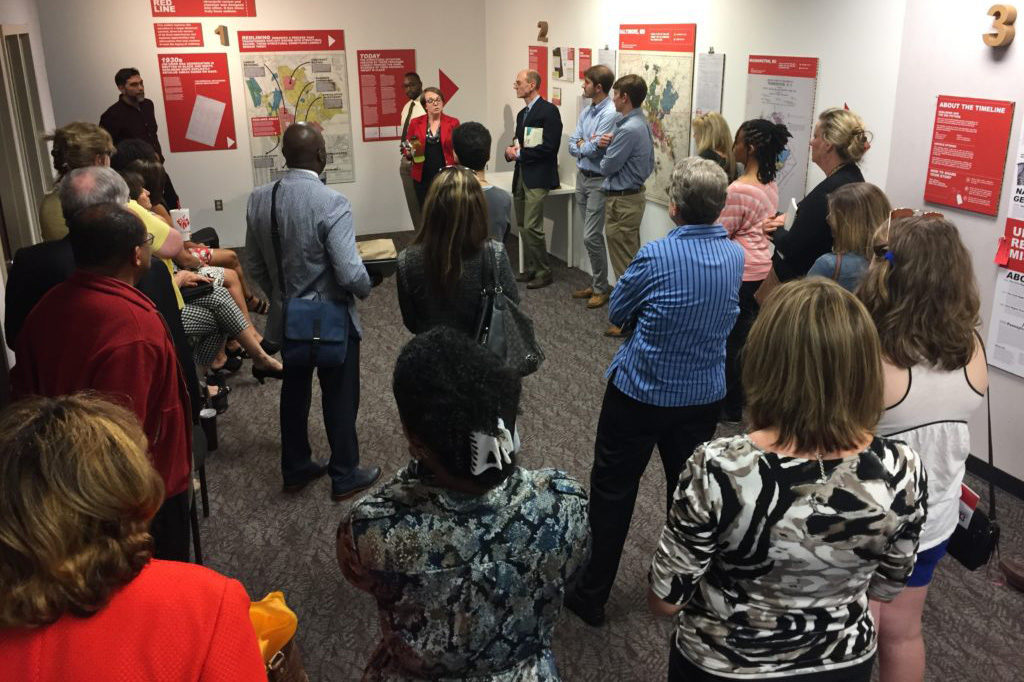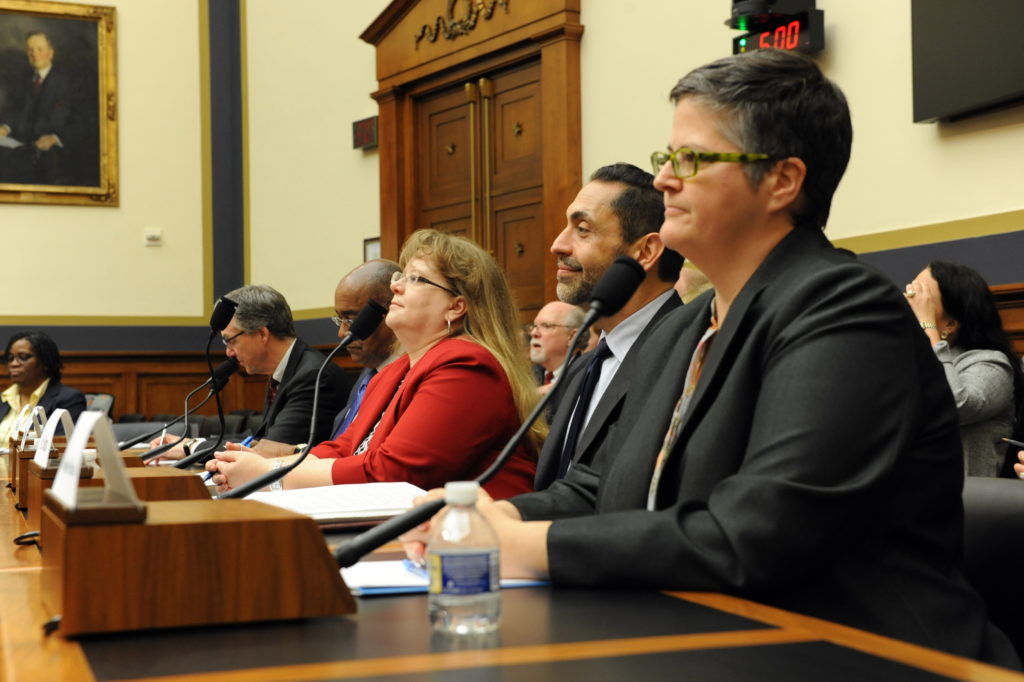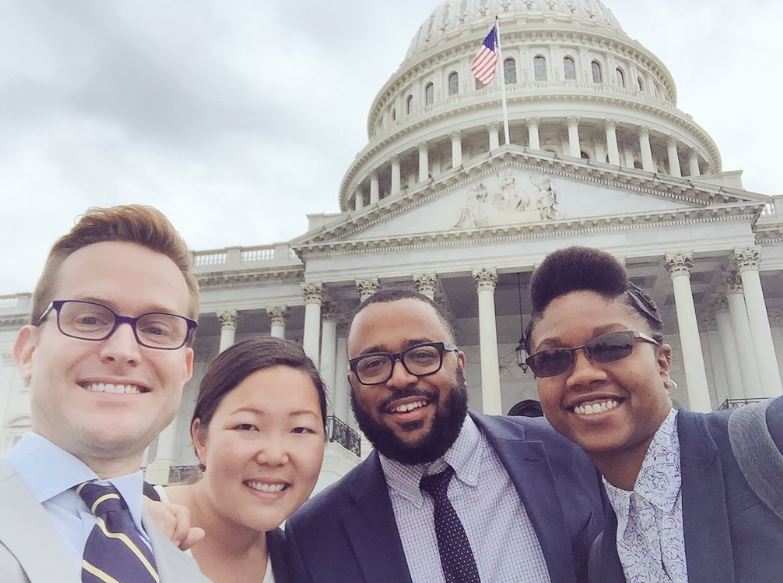Ripe with Possibility: Exploring Affordable Rental Housing Policy
James A. Brodsky Founding Member, Weiner Brodsky Kider PCGauging the stakes and unraveling root causes
“People cannot have hope and dignity without a decent place to live.” I couldn’t agree more with Anne McCullough, the CEO of the Housing Partnership Equity Trust. In fact, I keep her remark in mind whenever I have the opportunity to help shape affordable housing rental policy. While my day job is as a residential mortgage finance attorney, my second “job” (as a Director of organizations working in the affordable housing space) gives me the opportunity to try and positively affect the outcome of the affordable housing crisis our nation faces today.
From all I’ve learned in both roles, I see the affordable rental housing challenge as having three main root causes. First, there is not enough supply relative to need. Second, even when such rental housing could be built or made available, many would be residents cannot in fact afford it, and that affordability gap is growing not shrinking. Third and relatedly, without other forms of support, it can be prohibitively expensive to build and maintain.
For context, a Hudson Institute study reveals: since the 1980’s, four million rental units serving people making 50% or under median income nationwide were lost to demolition or other uses. Clearly, there’s no place in America where the supply is enough. There’s no place that fully meets the need.
“...since the 1980’s, four million rental units serving people making 50% or under median income nationwide were lost to demolition or other uses.”
Further, according to the data, about half of America’s rental households spend more than 30% of their incomes on rent, and 25% spend more than 50% of it on rent. Translation: About 11 million renters nationwide pay more than half their income in rent — and that is when they are able to find a unit available even at those costs.
And, it also shows that, in order to afford a one bedroom unit at the national fair market rent, a minimum wage worker would have to work about 99 hours a week (at more than 2 “full-time” jobs) just to pay housing rent and without regard to food, transportation and health care costs.
States and localities are acting
There are, though, encouraging examples across the country of state and local governments using incentives to encourage developers to include affordable rental apartments in otherwise market-rate developments.
Consider inclusionary zoning density bonuses for such housing where, for example, land otherwise zoned for 100 apartment units (to be built for market-rate rental) is permitted to be built instead for say 115 units, if and as long as a percentage of them are built and made available for rent to otherwise qualified renters at affordable rental rates. Many jurisdictions use such inclusionary zoning density bonuses to help address these challenges.


Additionally, state and local governments have created and funded hundreds of housing trust funds to provide financing incentives for the inclusion and production of affordable rental units. Cumulatively, that number is an estimated 800 between 1985 and 2018.
Finally, state and local governments, in increasing numbers, also are offering government-owned land for new development or helping acquire property for ground lien and rental restrictions on units.
Opportunity Zones — A New Federal-State-Private Capital Initiative
There also is a relatively new initiative that holds considerable promise. The federal Opportunity Zone Program was enacted in 2017 to drive long-term capital to rural and low-income urban communities throughout the nation, in Governor-designated Opportunity Zones (8,760 have been so designated in all 50 states, five territories and Washington, DC) eligible for investment through qualified Opportunity Funds (including for the production and preservation of affordable rental housing). It makes available important tax incentives to encourage private investment in them.
Early results are encouraging. According to reports in Forbes magazine, from July to November 2019 at least a dozen such qualified Opportunity Funds have raised or are in the process of raising almost $2 billion in capital, with most focused on real estate projects.
“The federal Opportunity Zone Program was enacted in 2017 to drive long-term capital to rural and low-income urban communities throughout the nation.”
Enterprise, the non-profit for which I serve as a Board member, has taken a lead role in multiple aspects of the Opportunity Zone Program, committed as it is to deploying its combination of substantial experience, expertise and technology to deliver on the promise of Opportunity Zones, including in the areas of mapping Opportunity Zones, measuring and reporting impact, and providing government advisory services and policy implementation.
And, Enterprise also has launched its own qualified Opportunity Zone Fund targeting affordable and workforce housing and mixed-use developments across the country.
Federal tools at your fingertips
In my view, the existing federal housing credit, particularly if it is expanded as proposed in pending federal legislation briefly discussed below, also is a truly thoughtful and demonstrably successful way to marry private capital with public resources to create increased long-term affordable rental housing supply.
The federal government makes these tax credits available every year based on population. From there, states decide how to allocate the tax credits. Some prefer to use them to solve economic concerns in high-density metro areas; others may focus their attention on rural needs.
Developers, meanwhile, compete for the opportunity to receive these credits, with roughly one in three being successful. Additionally, states prescribe how developers are able to use them, and the rental housing that is supported in this way generally is for renters who make at or less than 60% of area median income.
Typically, the developer gets the housing credits and sells them to investors that are keen to make immediate use of them. After the sale, developers now have cash, which allows them to build and avoid borrowing cost they might otherwise have faced in order to develop such affordable rental housing communities.
“After the sale, developers now have cash, which allows them to build and avoid borrowing cost they might otherwise have faced...”
Since 1986, such federal housing tax credits have financed over three million affordable rental housing units for over 7 million renters across the nation. In an effort to further expand and strengthen this program to produce even more units of affordable rental housing and better serve a number of at-risk and underserved communities, the bi-partisan Affordable Housing Credit Act of 2019 has been introduced and is pending in the Congress. Securing its passage would be a significant step forward in helping address this crisis.
Other legislative advances, housing breakthroughs
Also promising is the pending Yes In My Backyard (YIMBY) Act (H.R. 4351) that would require local governments to identify obstacles to and opportunities for increasing home construction through better zoning, by-right development and faster permitting.
It ties that requirement to eligibility for federal Community Development Block Grants. To be eligible, under the bill’s provisions applicants would need to address almost two dozen areas that relate to affordable housing and community life. They include single and multifamily zoning, efforts to build duplexes in single-family zoning areas, building multifamily units in retail areas, allowing SRO’s (single room occupancies) where an area is normally designated as multifamily zoning, reducing historic preservation designations, streamlining permitting processes, and creating accessory units in backyards, among other categories.
This pending legislation says simply: if you want a block grant, then you have to describe the efforts you are making to create a hospitable climate for affordable housing development.
More than a dozen national organizations have announced their support for it, including the National Association of Realtors, National Apartment Association, and National Multifamily Housing Council.
Success in Denver: Affordable Housing Development in Action
 Even without the passage of the YIMBY Act, however, efforts to overcome Not In My Backyard (NIMBY) resistance to the construction and development of more affordable rental housing units can and do succeed.
Even without the passage of the YIMBY Act, however, efforts to overcome Not In My Backyard (NIMBY) resistance to the construction and development of more affordable rental housing units can and do succeed.
Here, for example, is a recent affordable development rental housing success story out of Denver. The community is called 17th and Newton, and it was approved almost unanimously in June 2019 by the Denver City Council — despite significant objection from many in the area.
All told, the development involves two buildings to be constructed in a traditional residential part of the city. The first is a low-rise building set to include 170 affordable rental units for residents earning 60% of area median income. In 2019, that income translates to $56,000/year for a family of four. Some of the units are designated for people of an even lower income bracket, including the formerly homeless. Next to this building will be a high-rise, with 160 condo units at market rate and ten designated as affordable. There also will be a range of community amenities, including a bike path.

“Some of the units are designated for people of an even lower income bracket, including the formerly homeless.”
 Importantly, the 10 to 1 Denver City Council vote approving this development occurred in the face of significant local community opposition, based primarily upon stated concerns that it would result in “over-densification.” Effective and persuasive support for its approval, however, came from many others, including, I am proud to say, from Enterprise. And, as the developer of this project said: “If it’s not going to happen here, where will the affordable housing go.”
Importantly, the 10 to 1 Denver City Council vote approving this development occurred in the face of significant local community opposition, based primarily upon stated concerns that it would result in “over-densification.” Effective and persuasive support for its approval, however, came from many others, including, I am proud to say, from Enterprise. And, as the developer of this project said: “If it’s not going to happen here, where will the affordable housing go.”
To be sure, 17th and Newton was a substantial win for affordable rental housing, as more than 50% of the units are designated as affordable. But, It also shows what can be (and is being) done.
As affordable housing federal (including creating Opportunity Zones) and state and local (including inclusionary zoning provisions and the creation and funding of local housing trust funds) initiatives continue to gain steam, and as developments like the one at 17th and Newton in Denver continue to win approval, there is considerable basis for optimism that the affordable rental housing crises can be addressed.
Clearly, there is more to be done in this important area. But, and equally as clearly, it is, indeed, one “Ripe With Possibility.”
